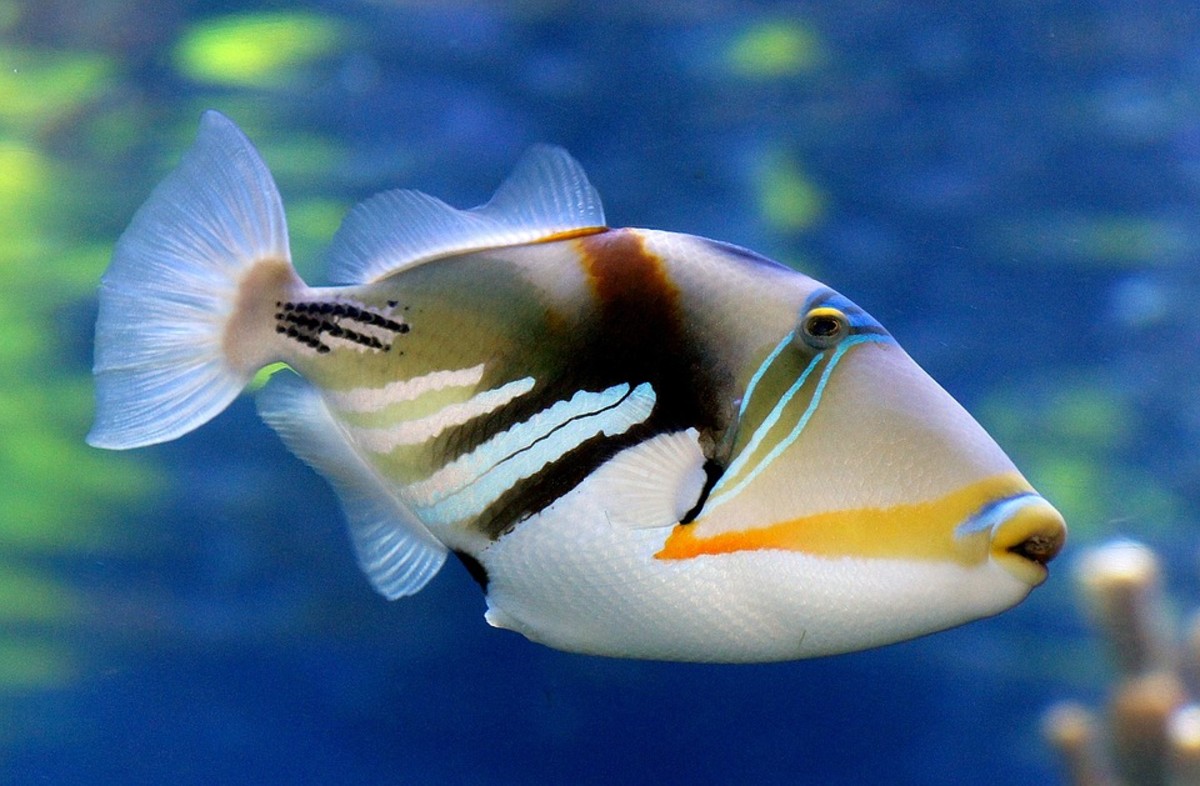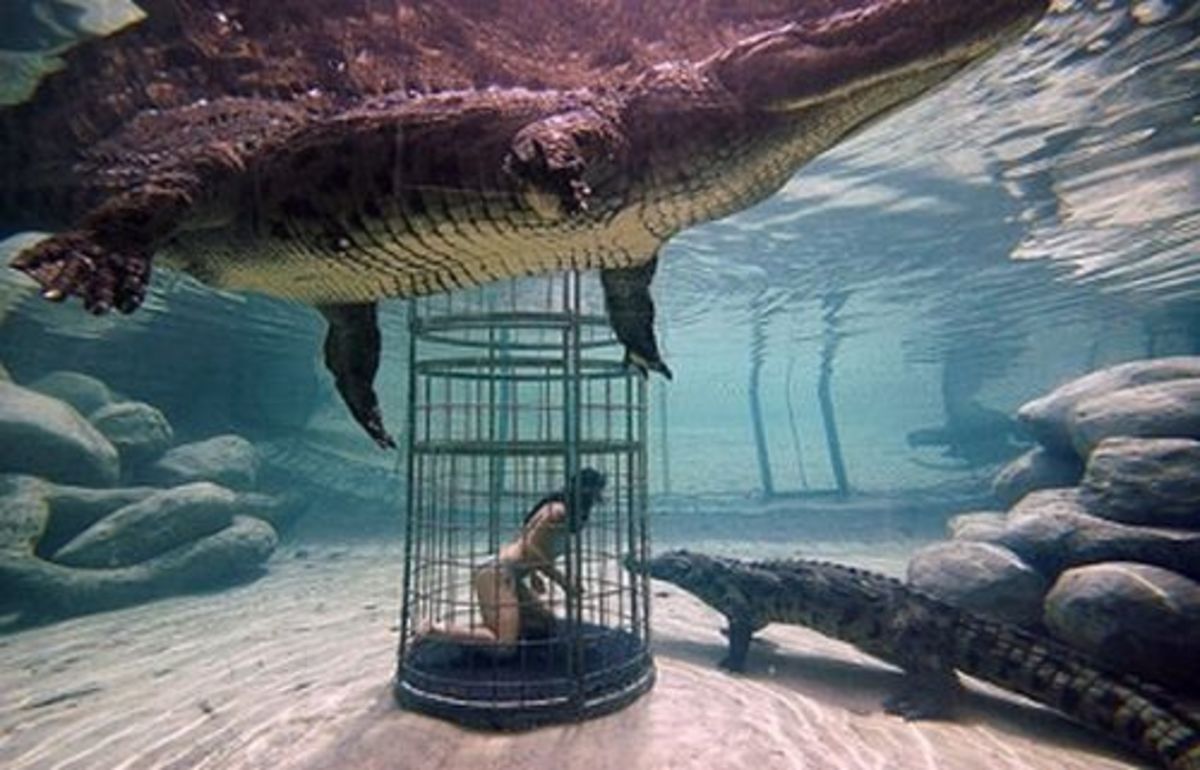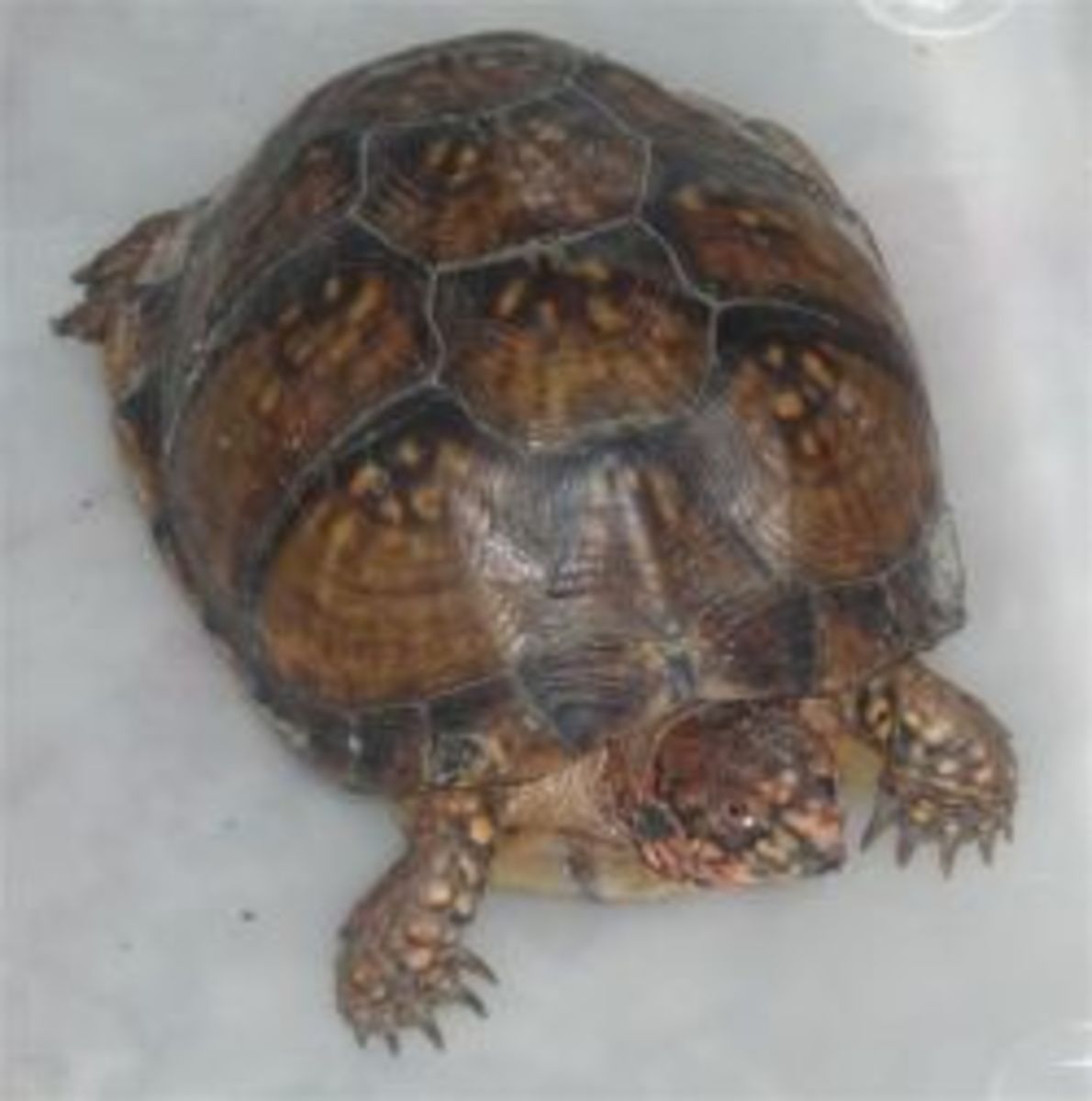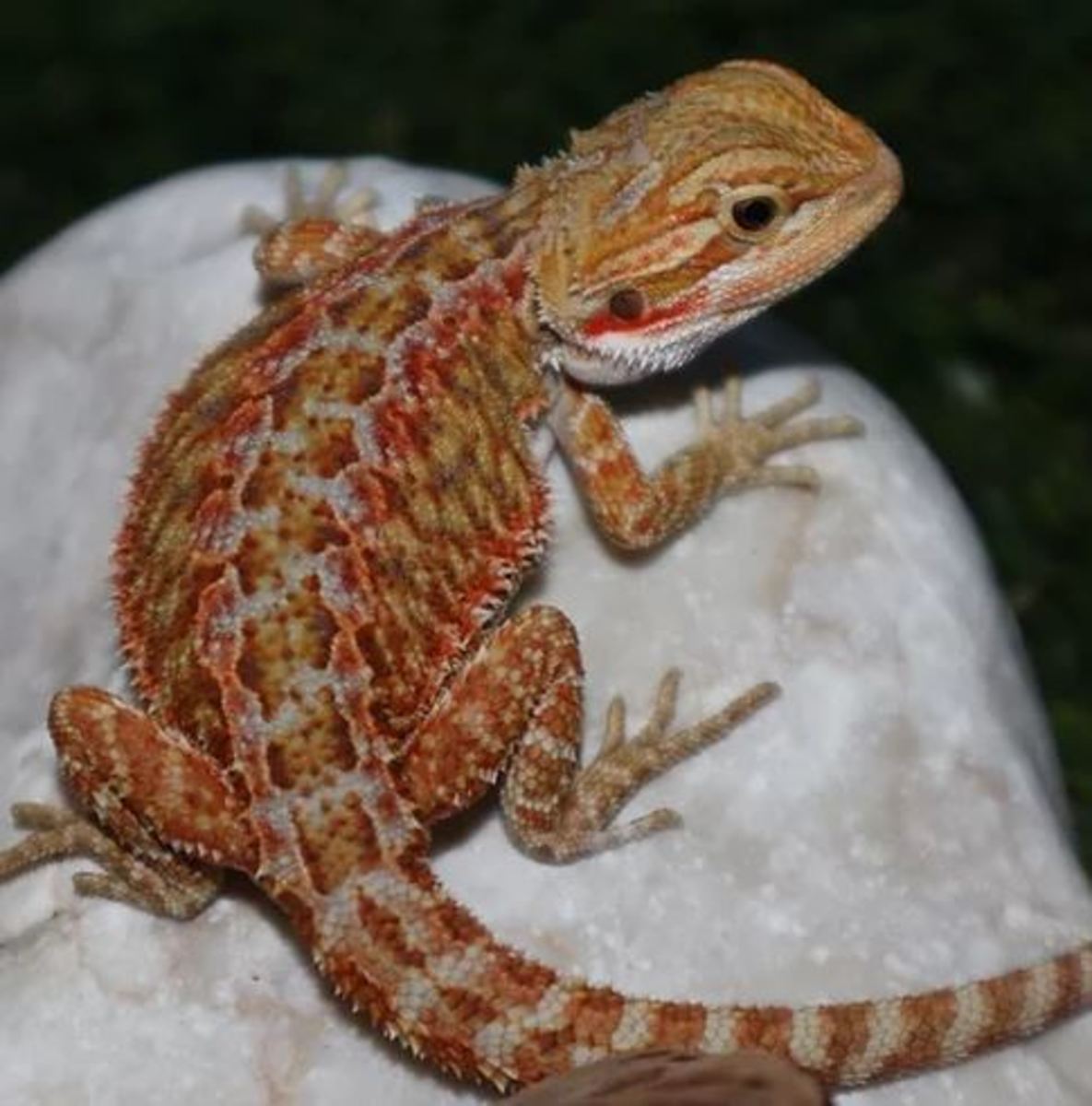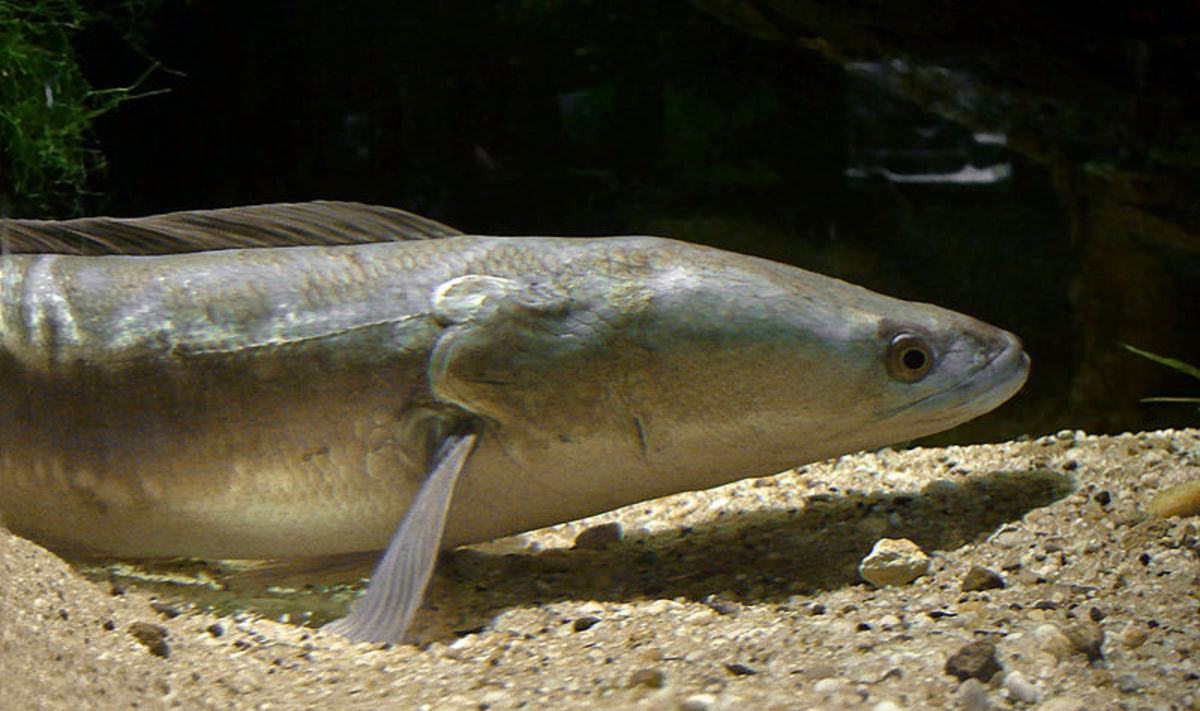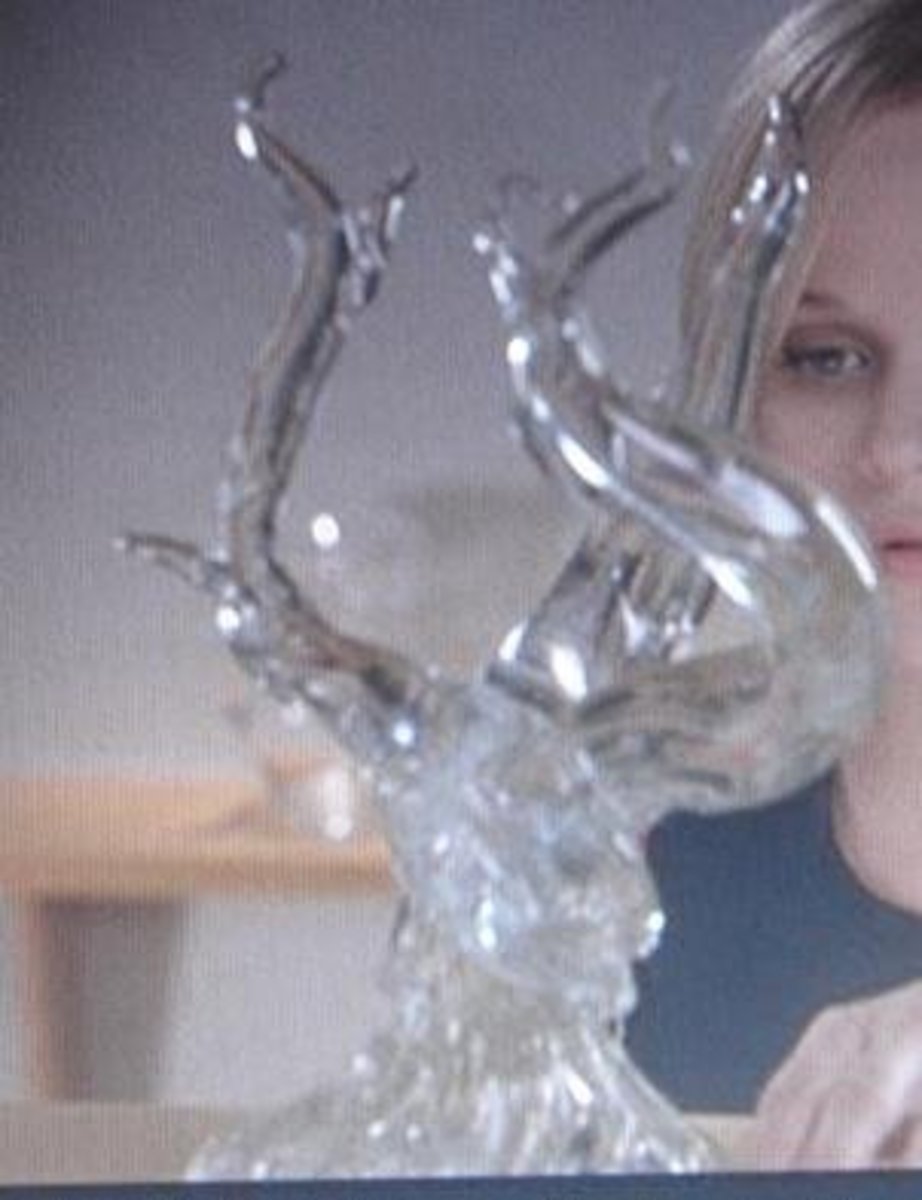Identifying Bowfin
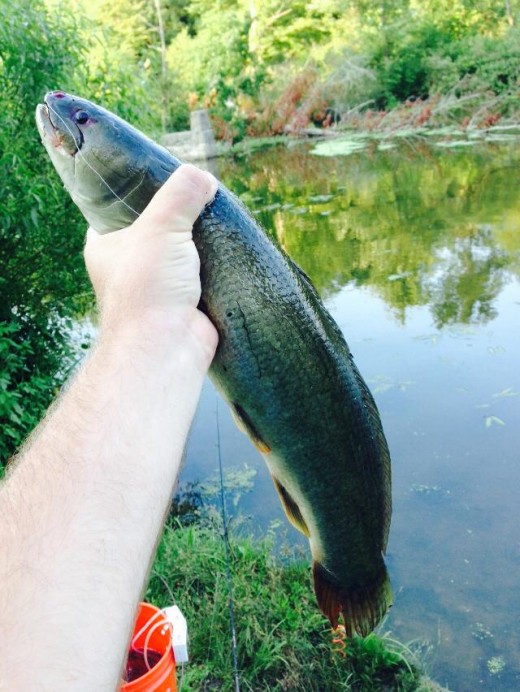
With a range extending from southern Canada, the drainage basins of the Mississippi River, all the way to the Gulf of Mexico. Bowfin can be found in both fresh and brackish water, even stagnant pools where other fish would fail to survive, the bowfin can thrive on an abundance of forage with little to no competition.
Often called a primitive fish or living fossil, bowfin have retained characteristics common to their ancestors. An externally rounded caudal fin, spiral valve vestiges, gas bladder, and a bony gular plate located under their head on the outside of the lower jaw between both sides of the lower jaw bone. Long, sharp teeth and two protruding almost tube-like nostrils are other distinguishing features that the bowfin are known for.
Named for the long, undulating dorsal fins adorning their bodies, the bowfin is a relic of times past. With a skull made up of two layers, a dermatocratum and a chondrocranium these piscavores are voracious predators with genetic relatives dating back all the way to the Jurassic Period. Stalking ambush predators, in most of their native territory, bowfin are known to prey on invertebrates, mollusks, and fish during day and nighttime hours. Swimming in swamps, backwaters, rivers, and lakes the bowfin prefers slow moving water and sloughs where its prey would have a false sense of security.
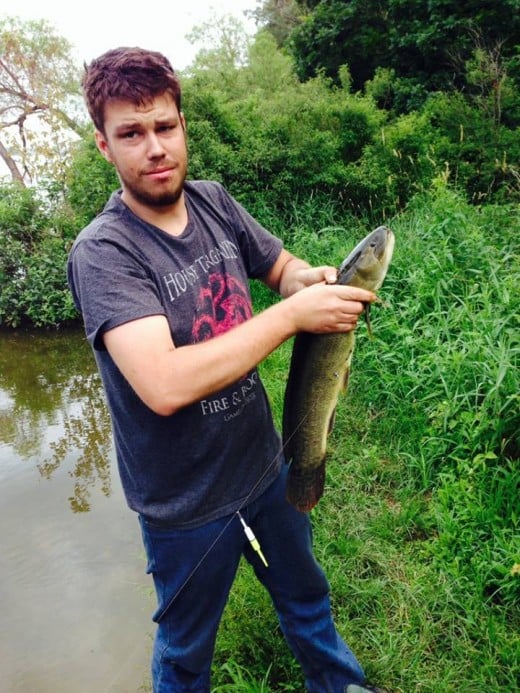
Much like gar, the bowfin are what are known as a bimodal breather, meaning they have the ability to breath both water and air. Their gills, like any other fish, allow them to exploit oxygen from the water they reside in, but a gas bladder allows the bowfin to both maintain bouyancy and breath air.
There is a large difference in appearance between the males and females. In just size alone, females can reach 65-70cm in length, with a large male reaching up to 50-65 centimeters. Young males have a black eyespot on the base of their tail commonly encircled by an yellowish-orange border while, if present at all, the eyespot on a female will be black or mottled grey.
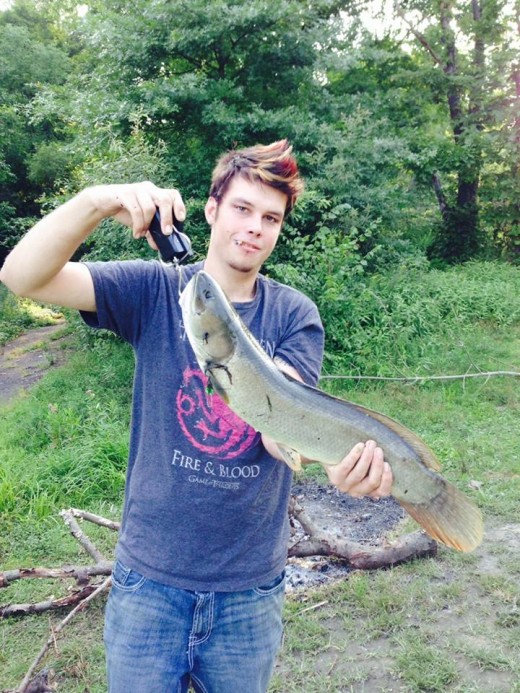
Depending on local and state regulatory agencies, what to do when you find a snakehead varies from state to state, and sometimes, park to park. What you should do should you suspect that what you have is the invasive species is at all possible to keep the fish alive and to call wildlife officers. If this is not possible, multiple photographs and as much information as possible on the catch can help your local Division of Natural Resources to determine what exactly it was that you have caught.
Not a Snakehead!
Unlike the non-native snakeheads, bowfin have been here longer than us. A few distinguishing features to help you identify your catch are:
- There are some subspecies of snakeheads that lack pelvic fins.
- Bowfin lack scales on their head, instead having a smooth layer of skin akin to a catfish.
- Bony plates under the jaws are present only in the native species bowfin.
- The bowfin's pelvic fins are roughly present mid-body, whereas with all snakehead species the fins are near the head.
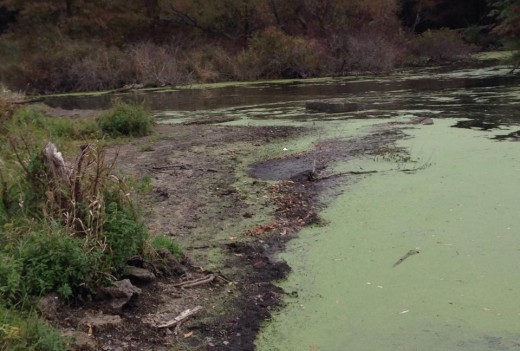
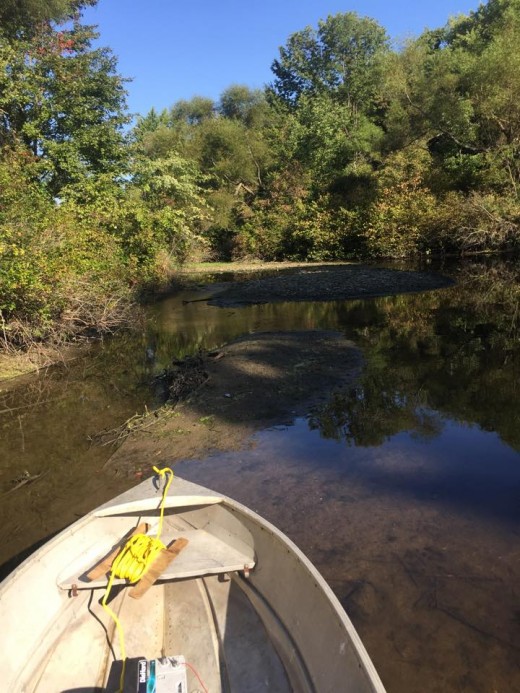
Habitat
Stagnant backwaters and brackish swamps make ideal homes for the ambush predators. Though not a schooling fish, they seek out prime habitat for their primary hunting method, where one resides, others are sure to be nearby. Through their air bladder and a special process, bowfin do not need a high concentration of oxygen in the water to be able to thrive. This allows them to inhabit drainages, backwaters, and stagnant pools where most other fish in their native ranges would have trouble surviving.
Identifying bowfin waters makes finding this Jurassic catch quite an easy job. Anywhere that the voracious feeders can lie low and dart out to ambush prey, preferably with little to no current will do wonders. Just remember, forage equals fish. Food and mating are the only driving factors in this fish's life as, once grown, they have no real natural predators in most of their range.

